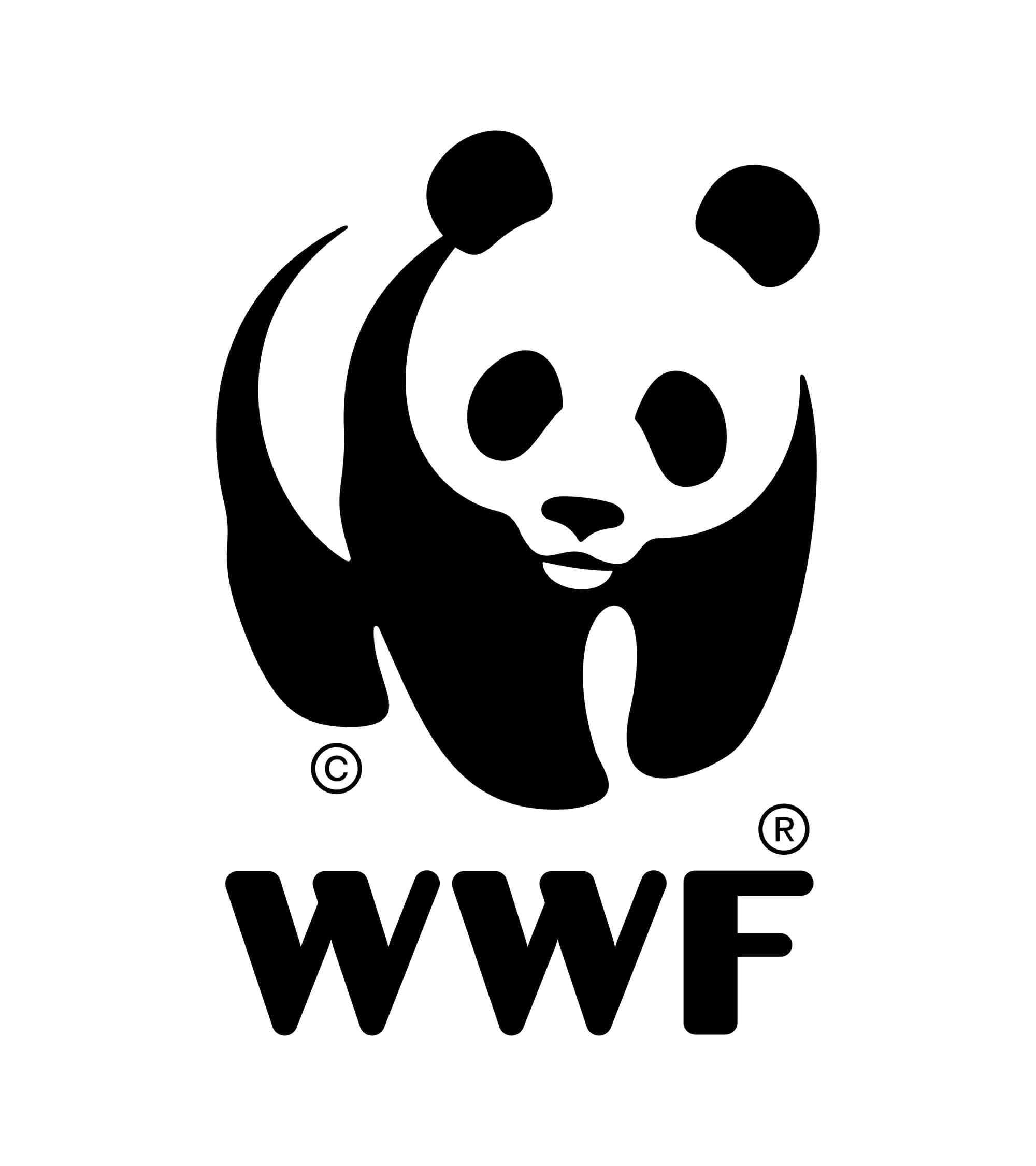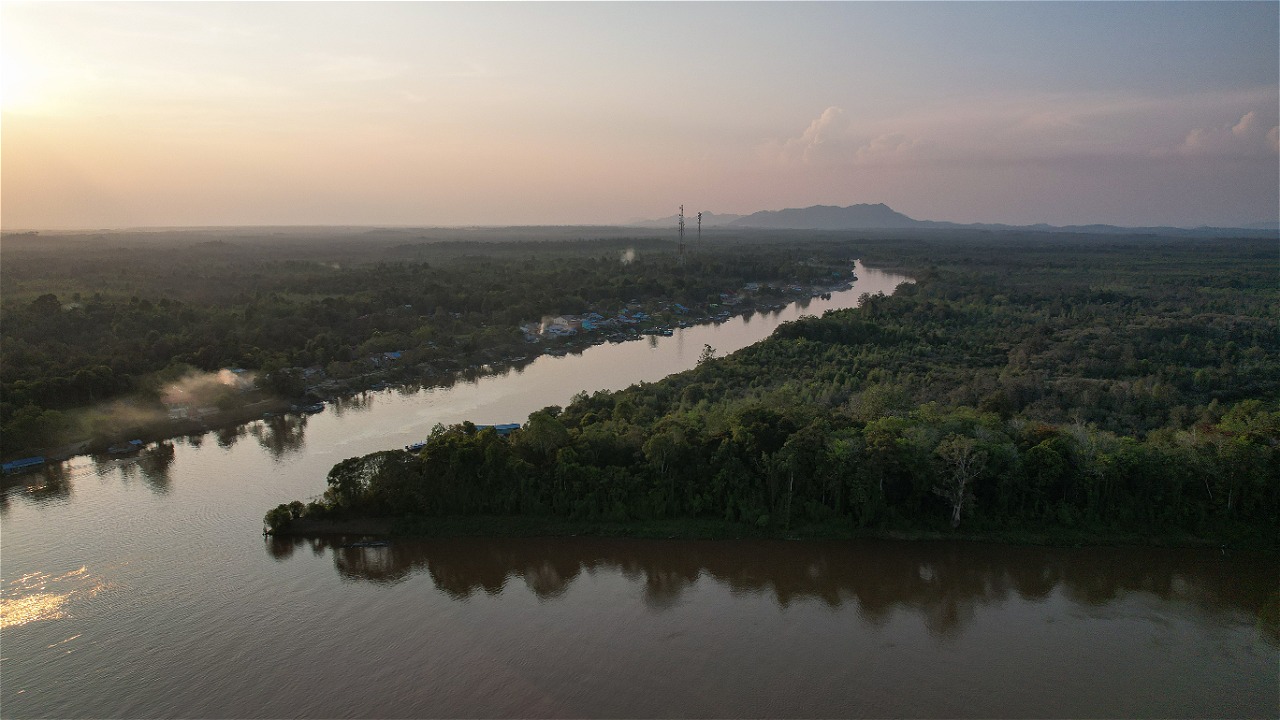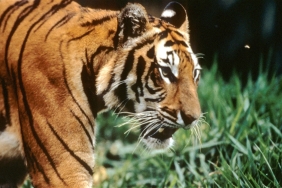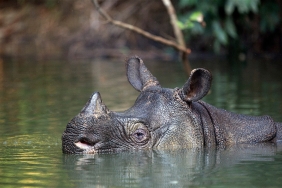AN IMPORTANT STEP FOR THE DEVELOPMENT OF MULLER ECOSYSTEM BUFFER ZONE VILLAGES
Planning of community economic improvement assistance program in Tanjung Village
Pontianak - The Muller Mountains area is a very important water catchment area in the Kalimantan Island water system, as the headwaters of major rivers, namely the Kahayan and Barito Rivers in Central and South Kalimantan, the Mahakam River in East Kalimantan, and the Kapuas River in West Kalimantan.
Damage to the ecosystem in this area will certainly have fatal consequences for environmental quality, both locally and regionally. This impact has already occurred in one of the districts in the upper reaches of the Kahayan River, where flash floods resulted in damage to health facilities (health centers), houses, and infrastructure (roads and bridges). For more information, please contact us.
The Muller Mountains area is also an important habitat for a variety of flora and fauna, including species that fall into the category of rare and endemic flora and fauna of Kalimantan, including sun bears, orangutans, clouded leopards, and so on.
"With this consideration, the Muller Mountains are currently included as one of the ecological corridors in the Draft Presidential Regulation (Raperpres) of the Heart of Borneo (HoB) National Strategic Area," explained HoB National Coordinator, Wisnu Rumantoro. .
In the course of its history, the Muller Mountains were proposed as a world heritage site by the North Barito Regency Government (2001). Referring to the criteria required in the Operational Guidelines for the Implementation of the World Heritage Convention, the Muller Mountains met at least three of the eight criteria, namely: (i) its existence is an example of an outstanding landscape, showing biological and ecological processes that are well underway; (ii) it has superlative natural phenomena or landscapes with outstanding natural beauty and high aesthetic value; (iii) it has natural habitats that are very important and significant for in-situ biodiversity conservation efforts, including endangered species and contain extraordinary universal value from a scientific or conservation point of view, including the rich untapped potential of medicinal plants.
Muller Schwaner Coordinator, WWF-Indonesia, Ambang Wijaya revealed, during 2008-2010, this program through cooperation with the Central Kalimantan HoB Working Group, District HoB Working Group, NGOs, Indigenous Peoples Alliance, universities, and communities around the Muller and Schwaner Mountains area, has conducted various pre-conditioning activities in the field. .
"The aim is to dig up basic data and information, strengthen the community and facilitate meetings of the parties aimed at seeking sustainable management of the area," he said. .
In July 2010, a similar program in West Kalimantan began to be implemented which is a collaboration between WWF-Indonesia and the HoB Working Group of Sintang and Kapuas Hulu Districts.
In several discussions with parties at the regional/local level (sub-districts, Plantation and Forestry Offices, NGO Partners), a concept was obtained to start the stage of building an understanding of the management of the KEM Buffer Village by strengthening and improving the community's economy both carried out by WWF-Indonesia, PRCF (People Resources and Conservation Foundation) Indonesia, other NGOs, as well as with the Kapuas Hulu District Government. The concept of building an understanding of the management of the KEM Buffer Village by strengthening and improving the community's economy was also discussed.
PRCF Indonesia, which has a program focus on biodiversity conservation and community empowerment, hopes that this effort will be a starting point in building collaborative work in supporting the establishment of better forest governance by strengthening the capacity of communities in sustainable forest management that has an impact on improving the community's economy and biodiversity conservation.
"Government policy through the Ministry of Forestry in encouraging community-based forest management through various patterns, including Village Forest, Community Forest, Community Plantation Forest and Community Forest is an opportunity for communities around the forest to be able to actively participate in the management of local forest resources so that they will get direct benefits from the existence of forests both from non-timber forest products, environmental services and timber forest products for local needs in a sustainable manner," said Director of PRCF Indonesia, Imanul Huda.
Muller Schwaner Officer, WWF-Indonesia, Uray M. Hasbi said that in general, the workshop that will be held for two days on May 29-30 in Tanjung Village, Mentebah District, Kapuas Regency aims to explore the needs of the Tanjung Village community in an effort to improve the community's economy.
"Specifically, the purpose of this workshop is to socialize the role of the Regional Government in development, explore the potential that exists in the community as capital in the development of the village and its community, explore the needs of the Tanjung Village community, identify activities to improve the community's economy, and agree on mentoring activities and the distribution of activities from the parties assisting the community," Hasbi explained. .
"A better agreement is needed between the parties, especially WWF-Indonesia, PRCF Indonesia, the community and the local government, both the Mentebah District Government and related technical agencies, especially in the implementation of the Community Economic Improvement Assistance program in Tanjung Village as one of the Muller Ecosystem Buffer villages," concluded Ambang.





